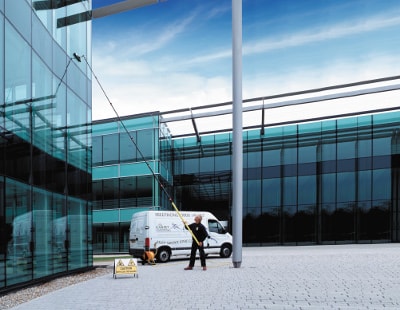Stained glass windows in cathedrals and contemporary Glasreinigung Fensterreinigung Stuttgart installations in museums showcase its aesthetic potential. Artists and architects push the boundaries of creativity, manipulating glass to create intricate patterns, textures, and visual effects that evoke emotions and enhance spatial experiences.
Challenges and Future Prospects:
Despite its brilliance, challenges persist in the use of glass in architecture. Issues like glare, heat absorption, and maintenance are areas architects continue to address through innovative designs and technology.
Looking ahead, the future of glass in architecture appears promising. Ongoing research focuses on developing smarter and more resilient glass, integrating features like self-cleaning capabilities, enhanced insulation, and dynamic tinting to adapt to changing environmental conditions.
Conclusion:
Glass, once a humble material, has transcended its traditional use, emerging as an emblem of innovation and sophistication in architecture. Its ability to marry functionality with aesthetics continues to captivate architects, pushing the boundaries of design possibilities. As technology advances and creativity knows no bounds, the role of glass in shaping the skylines and landscapes of tomorrow remains a fascinating journey worth following.





More Stories
Trader Joe’s: A Unique Retail Experience
Understanding the Basics of Finance: A Comprehensive Guide
Understanding Vaping: A Comprehensive Overview